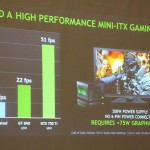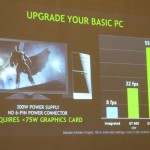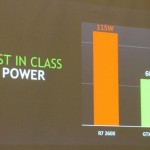Hardware enthusiasts out there might have heard about these two graphics cards through leaks or rumours but nevertheless, the time has finally come for NVIDIA to unveil the company’s latest cards: the new GeForce GTX 750 Ti and GTX 750. They are not just any cards though as both of them are the first batch of cards that are designed based on a new architecture that the company called as Maxwell.
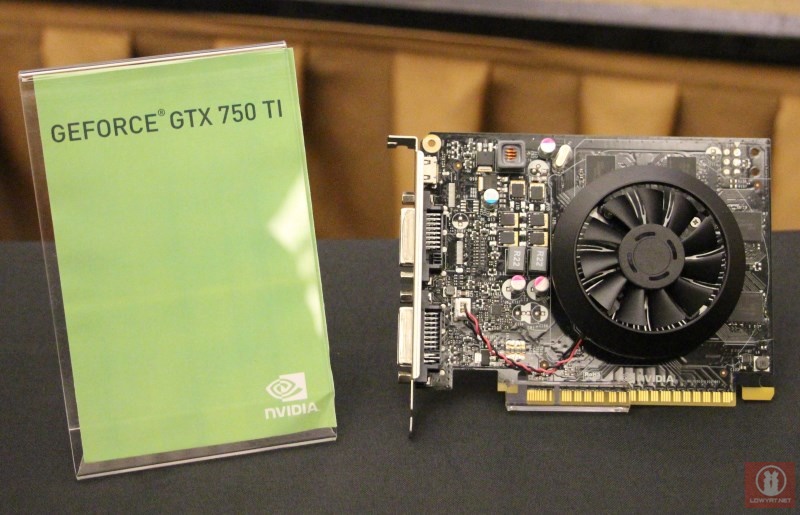 NVIDIA GeForce GTX 750 Ti reference design.
NVIDIA GeForce GTX 750 Ti reference design.
On NVIDIA’s previous architecture called Kepler which was used by the company for its consumer-level graphics cards since GeForce GTX 680, each streaming multiprocessor (dubbed as SMX) contains 192 CUDA cores that are handled by a single control logic. On Maxwell, each streaming multiprocessor (referred as SMM by NVIDIA) contains four control logic with each of them are responsible for 32 CUDA cores.
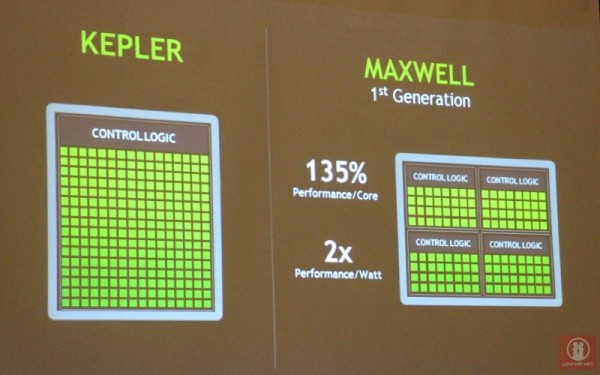 Comparison of streaming multiprocessor block in Kepler and Maxwell.
Comparison of streaming multiprocessor block in Kepler and Maxwell.
Through this setup, the graphics core within the GPU will apparently spend less time idling and waiting for instructions which will then increase the utilization of the GPU and lead to better performance per core. Hence, that is why NVIDIA claimed that Maxwell is the most efficient GPU architecture that the company has built so far and it is used as the basis for GM107 – the very GPU that is equipped into the brand new GeForce GTX 750 TI as well as GTX 750.
Since the GeForce GTX 750 Ti is positioned higher than GTX 750, the GTX 750 Ti comes with 5 SMM which gives the card 640 CUDA cores in total while the GTX 750 has a total of 512 cores from 4 SMM. Below is how the specifications of both cards fares against each other.
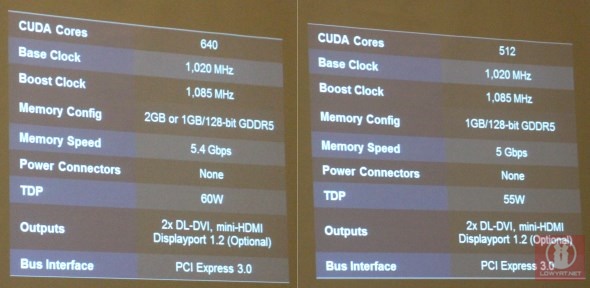 [L – R]: GeForce GTX 750 Ti vs GTX 750 specifications
[L – R]: GeForce GTX 750 Ti vs GTX 750 specifications
Since the power consumption for both GeForce GTX 750 Ti and GTX 750 is rather low, both cards technically doesn’t require the usual 6-pin power connectors although certain add-in-card partners might add it to provide additional threshold for overclocking or stability. As usual, both cards do support a number of NVIDIA graphics technologies such as G-Sync, GPU Boost 2.0, Shadowplay, PhysX and GameStream.
If you curious about the capabilities of GTX 750 Ti and GTX 750, we are not able to provide our own numbers since we don’t have the cards on our hands just yet. So, here are the figures provided by NVIDIA through the company’s own internal testing:
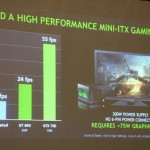
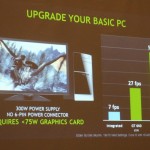


GeForce GTX 750 performance figures, according to NVIDIA.
Once released into the market, both GeForce GTX 750 Ti and GTX 750 will be replacing the previous generation GTX 650 Ti. Quite a number of NVIDIA’s add-in-card partners have already committed to come out with their own take on the new GeForce GTX 750 Ti and GTX 750 including ASUS, Colorful, EVGA, Gainward, Galaxy, Gigabyte, Innovision 3D, MSI, Palit, PNY and Zotac. We have seen one such example by EVGA (as shown below) which was used by the NVIDIA team during the recent regional media conference:
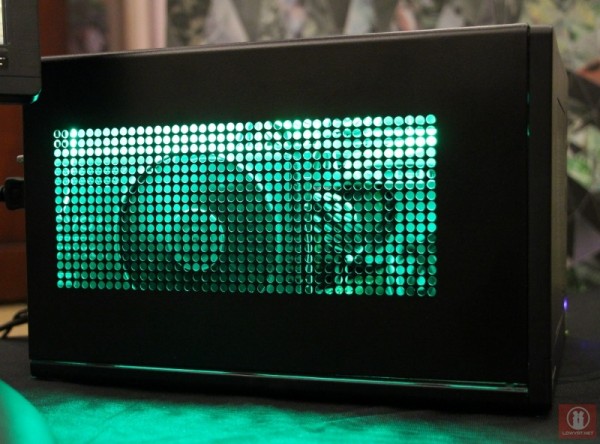 EVGA GTX 750 Ti, inside NVIDIA’s Mini-ITX demo machine.
EVGA GTX 750 Ti, inside NVIDIA’s Mini-ITX demo machine.
While the actual pricing for both cards might be different from one region to another, the starting price for the GeForce GTX 750 Ti in United States is USD 149 (RM 493) for the 2GB variant and USD 139 (RM 460) for the 1GB model while the GeForce 750 will be priced from USD 119 (RM 394) onwards. Do keep a look for them at your favourite retailers as we have heard from our sources in the distribution channels that both graphic cards might have arrived in our shores.
Follow us on Instagram, Facebook, Twitter or Telegram for more updates and breaking news.



